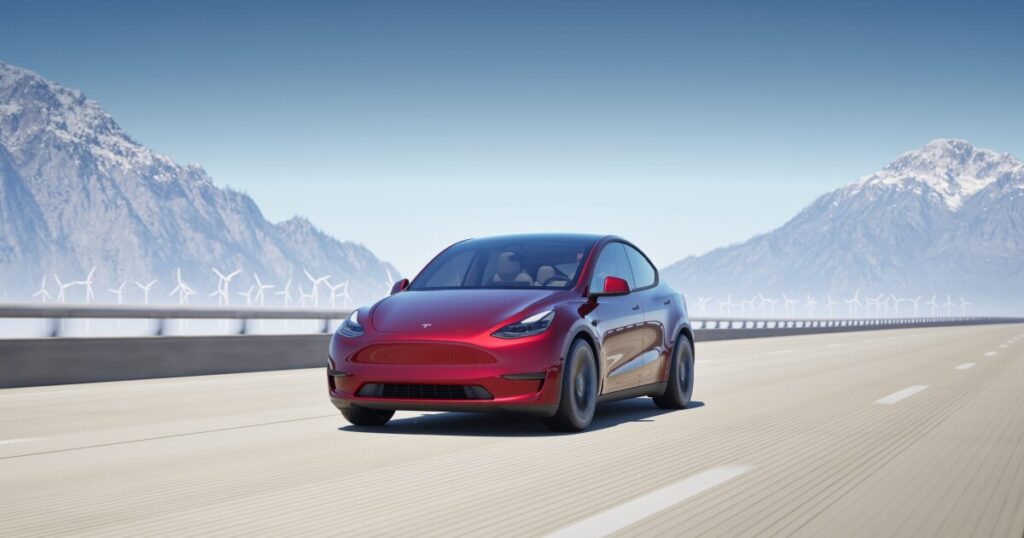Electric vehicles are making significant strides in the automotive industry, challenging the long-standing dominance of traditional internal combustion engines. A recent study in Nature Energy suggests that battery electric vehicles (BEVs) are now on par with their gasoline counterparts in terms of reliability and lifespan.
Researchers analyzed nearly 300 million test logs from the UK’s Ministry of Transportation spanning from 2005 to 2022. This comprehensive dataset allowed them to assess the “health” of vehicles on the road and project their longevity based on different powertrains.
Collaborative efforts by the University of California San Diego, University of Birmingham, London School of Economics and Political Science, and University of Bern reveal that BEVs have an average lifespan of 18.4 years, closely matching gasoline cars at 18.7 years and surpassing diesel cars at 16.8 years. Moreover, BEVs can travel approximately 124,000 miles (199,500 km) over their lifetime, often exceeding the mileage achieved by conventional gasoline vehicles.

Tesla
Historically, battery electric vehicles were not as dependable as internal combustion engine vehicles. However, the latest technological advancements have significantly enhanced the durability of BEVs, even under frequent use.
The study highlights a 12% annual reduction in the failure rate (hazard rate) for BEVs, a marked improvement over the 6.7% reduction for gasoline vehicles and 1.9% for diesel models. “BEVs offer significant environmental benefits,” stated Robert Elliott, co-author of the research and Professor of Economics at the University of Birmingham. “Despite higher initial emissions from production, a long-lasting electric vehicle can quickly offset its carbon footprint, contributing to the fight against climate change – making them a more sustainable long-term option.”

Nature Energy
While the production of electric vehicles demands substantial natural resources—requiring four to six times the essential mineral inputs compared to ICEVs—BEVs can recover this environmental cost by operating on low-carbon electricity derived from renewable sources. With no tailpipe emissions and as global grids shift toward renewables, the environmental advantages of BEVs become increasingly apparent.
Financially, BEVs offer savings in the long run. The Argonne National Laboratory notes that BEVs incur an average maintenance cost of $0.06 per mile, compared to $0.10 per mile for ICEVs. Additionally, lower fuel expenses and government incentives, including tax exemptions and toll discounts, enhance their economic appeal.
“We’re not environmental crusaders,” said Elliott. “We just want to give the facts. Electric cars and the batteries, they’re just living longer, and the technology is improving, and it would have improved again since this study.”

Nature World
Despite owning gasoline vehicles like a Royal Enfield and Suzuki Jimny, the undeniable progress of electric vehicles is hard to overlook. Though internal combustion vehicles have had the advantage of years of refinement, the rapid evolution of electric technology suggests that BEVs are poised to overtake their gas-powered peers. The future of transportation may very well belong to electric vehicles.
Source: Nature Energy
Original Story at newatlas.com
